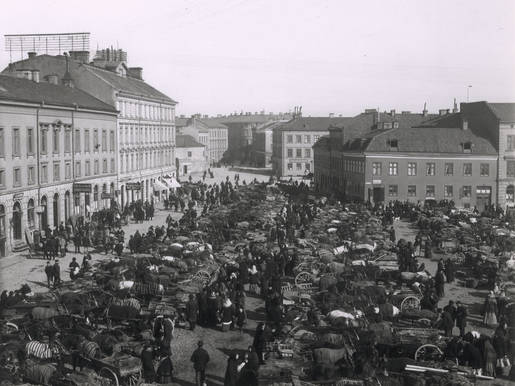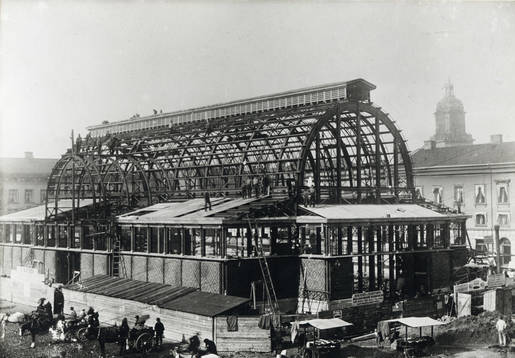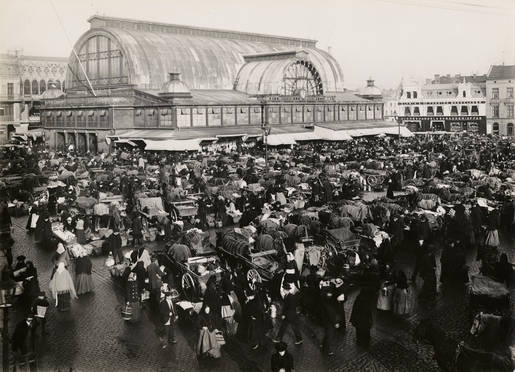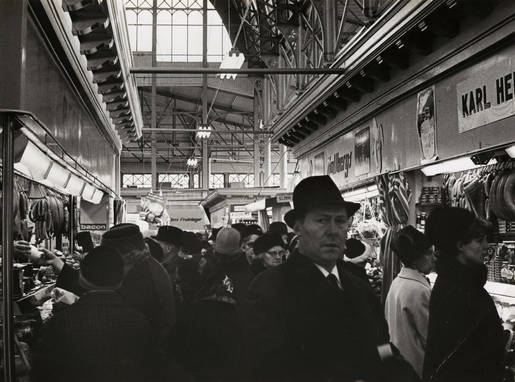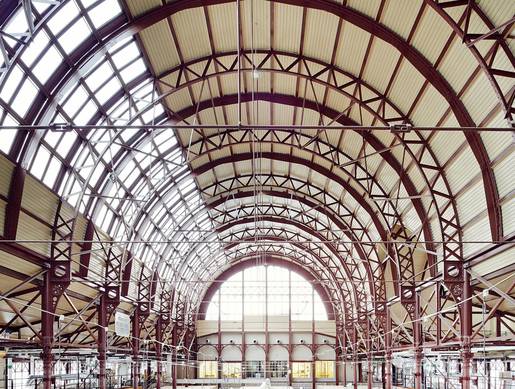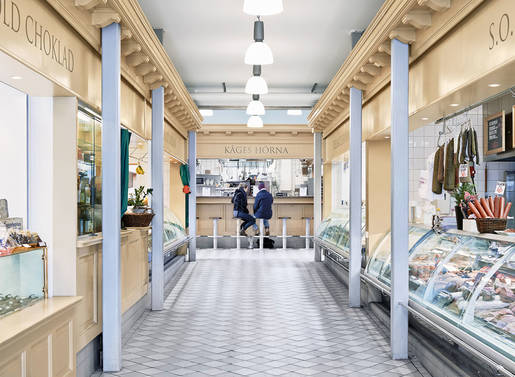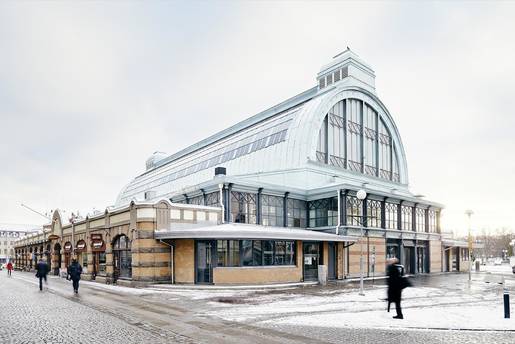1887
After several years’ discussion about a market hall, it was decided that the building should be constructed, to “take up 14,000 square feet of the square; that the outer building material should be iron and glass and that the cost should be estimated at around 250,000 kronor”.
